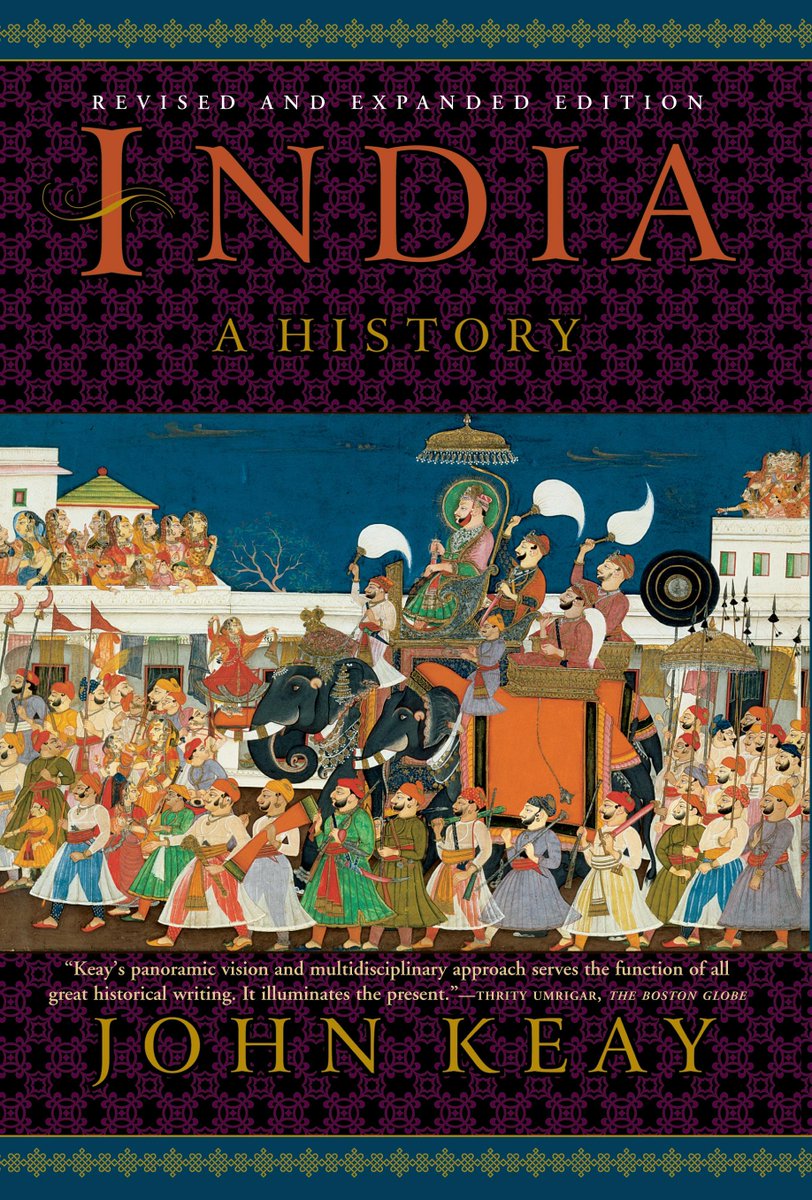


The challenge Keay faced is enormous and his task is – in a way – impossible to execute perfectly. The scope of India: A History, is breathtaking, covering a five-thousand year span in the existence of a massive landmass full of diverse peoples, cultures, and religions, controlled by various competing and overlapping rulers, and which today comprises three separate nations. In choosing to write a single volume about the whole of India, John Keay certainly cannot be faulted for lack of ambition. Both are very much part of India, the Himalayas as the abode of its gods, the Ghats as the homeland of the martial Marathas, and both as the source of most of India’s rivers…” The Himalayas, the most prominent feature on the face of the earth, grandly shield the subcontinent from the rest of Asia likewise the Western Ghats form a long and craggy rampart against the Arabian Sea. Major continental gradations, like west Africa’s strata of Sahara, sahel and forest or the North American progression from plains to deserts to mountain divide, do not apply…There are, of course, exceptions in India there are always exceptions, mostly big ones.

It could be Bihar or it could be Karnataka, equally it could be Bengal or Gujarat.

Distinctive features are lacking the same mauve-flowered convolvulus straggles shamelessly on trackside wasteland and the same sleek drongos – long-tailed blackbirds – festoon the telegraph wires like a musical annotation. A distant hill serves only to emphasize its flatness. India’s countryside is surprisingly uniform. Not for nothing are unspoilt landscapes invariably billed as ‘timeless.’ Boarding at random an overnight train, and awakening twelve hours later to a cup of sweet brown tea and a dawn of dun-grey fields, the traveler – even the Indian traveler – may have difficulty in immediately identifying his whereabouts. Dynamic, the one hurtles forward inert, the other holds it back. “If time is the locomotion of history, place could be the gradient against which it is pitted.


 0 kommentar(er)
0 kommentar(er)
